Bai Dinh Pagoda emerges on the tourist map of Ninh Binh province as a famous spiritual tourist destination attracting tourists from all over the country and abroad. The temple is located in the heart of the ancient capital of Hoa Lu with the age of more than 1,000 years through the feudal dynasties from the Dinh, pre-Le to Ly dynasties, when Buddhism was very developed and played an important role in spiritual life. god of the people. Bai Dinh Pagoda is known by Buddhists for its sacredness and typical and impressive architectural features of a complex including the old pagoda area and the new pagoda built in 2003. Located at the gateway. To the west of the entrance to Hoa Lu ancient capital, stretching on the mountainside of Trang An mountain range between immense valleys of lakes and rocky mountains, Bai Dinh Pagoda attracts visitors by its unique and monumental architecture with a treasure trove. Magnificent tower and peaceful, beautiful landscape captivate people.
Located in the north of Trang An scenic complex, Bai Dinh pagoda covers an area of more than 1,000 hectares, including the ancient pagoda area of 27 hectares and the new pagoda area with a green campus occupying nearly 80 hectares. Coming here, you will surely understand why Bai Dinh Pagoda is known as the largest temple in Southeast Asia and currently holds the most records in the region.
The pagoda was built in 1136 by Zen master Nguyen Minh Khong. The pagoda faces Dinh mountain, where important events of the country took place. Here, King Dinh Tien Hoang used to set up an altar to sacrifice to heaven to pray for favorable weather, or King Quang Trung chose to perform a flag sacrifice ceremony to encourage the spirit of soldiers before going to Thang Long to destroy the Qing army.
The area of the ancient Bai Dinh pagoda was originally located at the foot of the hill, 800 meters from the new pagoda. You have to conquer 300 stone steps to the entrance to the main hall. The pagoda faces the West, surrounded by mountains and forests, so it is quite quiet, including a front house located in the central area, on the right hand side is a light cave worshiping Buddha, Cao Son temple is located at the end of the back door area. In the morning cave, on the right hand side is the shrine of Saint Nguyen, next to the dark cave worshiping the Mother and the fairies. This is considered a land of "talented human genius" because it fully converges the sacred elements according to the traditional conception of the human world - the land gives birth to a king, gives birth to a saint, and gives birth to a god. The jade well of the ancient Bai Dinh pagoda is located next to the foot of the mountain, the area is covered with many green patches of trees. The well is moon-shaped, nearly 35 meters in diameter and more than 6 meters wide, the water in the well never dries up. Legend has it that Zen master Nguyen Minh Khong used well water to decoction and cure diseases for people in and around the region and King Ly Than Tong.
Built in 2003, the new Bai Dinh pagoda area is a large project of regional stature, including Buddhist architectures such as Tam The Palace, Quan Am Palace, Bell Tower, Bao Thap, Maitreya Buddha statue. and other auxiliary works such as: Buddhist academy, reception area, Tam Quan foreign, Tam Quan interior... The main architecture of the works in the new temple area bears the imprint of Vietnamese traditional architecture. . During construction, the pagoda was dubbed the "great construction site" because it mobilized and gathered more than 500 artisans from many different traditional craft villages in the region and neighboring provinces such as: Phuc Loc carpentry village, Ninh Van stone carving village, Van Lam embroidery village, Silver Dong Gray village, Bat Trang pottery village... Visiting the new temple area, you will be amazed with the 3-storey Bell Tower, each floor consists of 8 interwoven roofs. looks like the shape of a lotus - where Dai Hong Chung and the largest bronze drum are kept in Vietnam. Or you can relax while walking around the Arhat Lang Lang, consisting of 234 compartments connected to the two ends of the Tam Quan gate with a length of 1052 meters, where the residence of 500 Arhats is delicately carved with monolithic green stone. Or you can visit the tallest Buddha Relic Stupa in Southeast Asia, 100 meters high, including 13 floors, built in the shape of a Hexagon, where the relics are displayed from far away India.
With a fairly large area, you should use the tram to be able to visit all the works and items of the temple. You should choose to wear discreet clothes, not too bright colors, sports shoes or comfortable shoes for walking, climbing and visiting caves. You should prepare an umbrella if you visit the temple in early spring because there will be drizzle.
The temple is open from 06.00 AM to 09.00 PM and there is no entrance fee.
 Register
RegisterSign in Travel Agent
Sign in Supplier
Sign in Affiliate
Sign in Guru

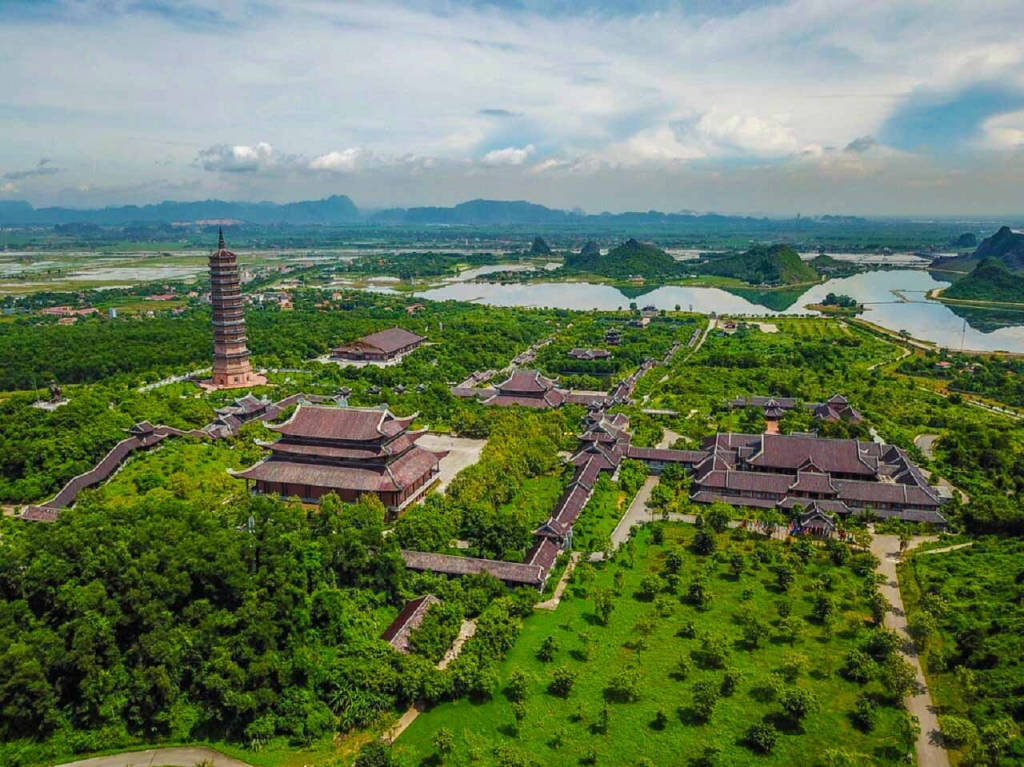
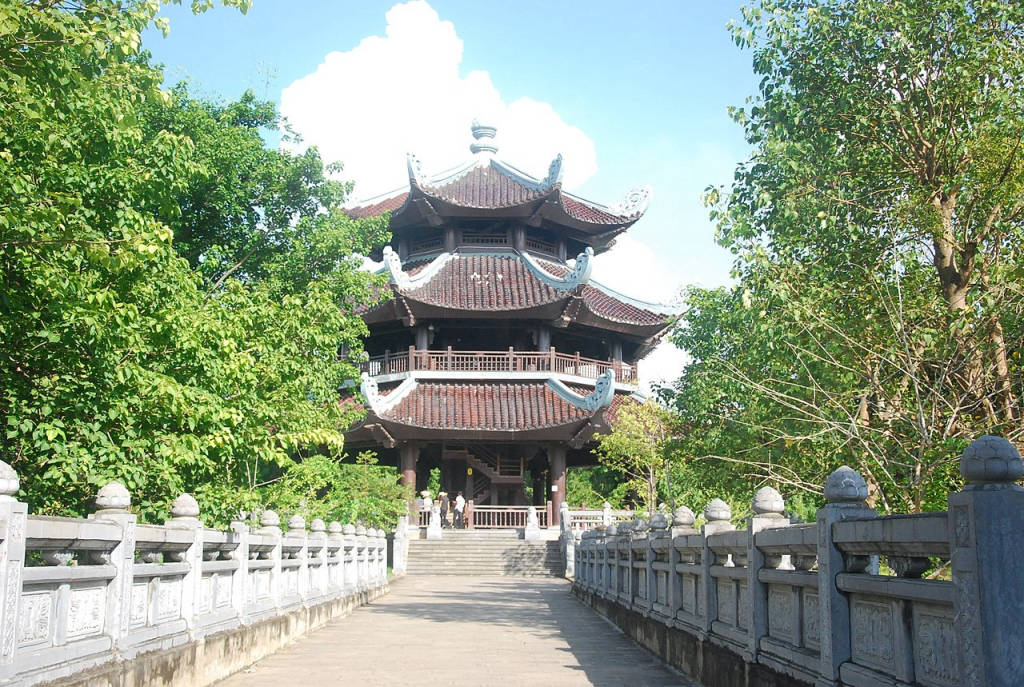
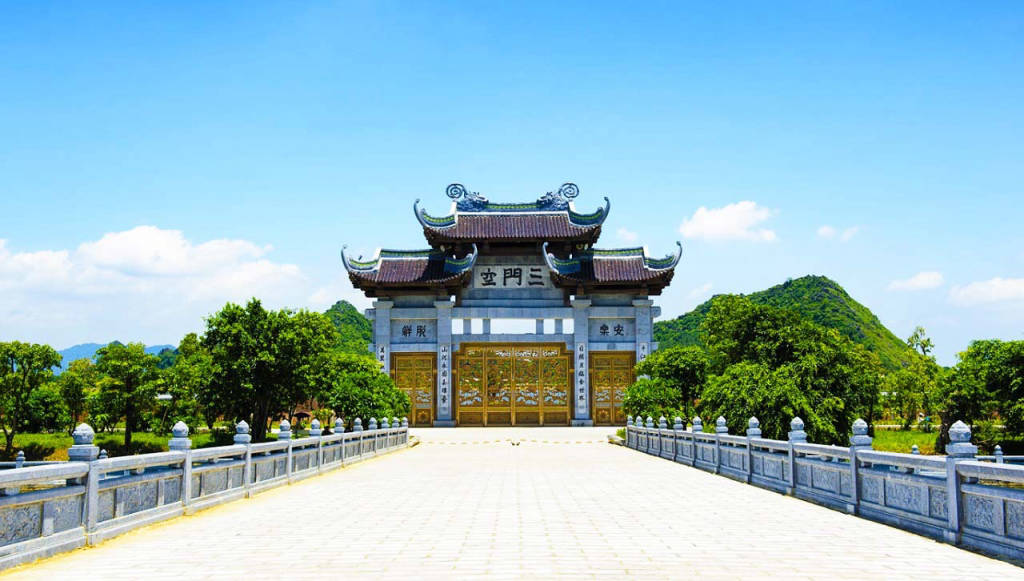
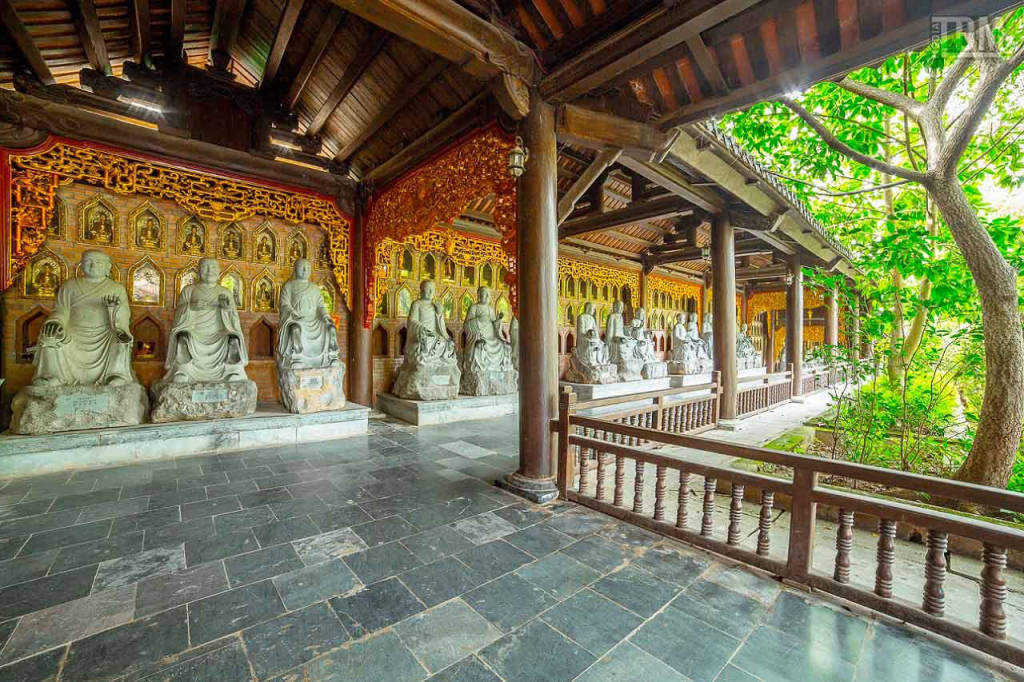
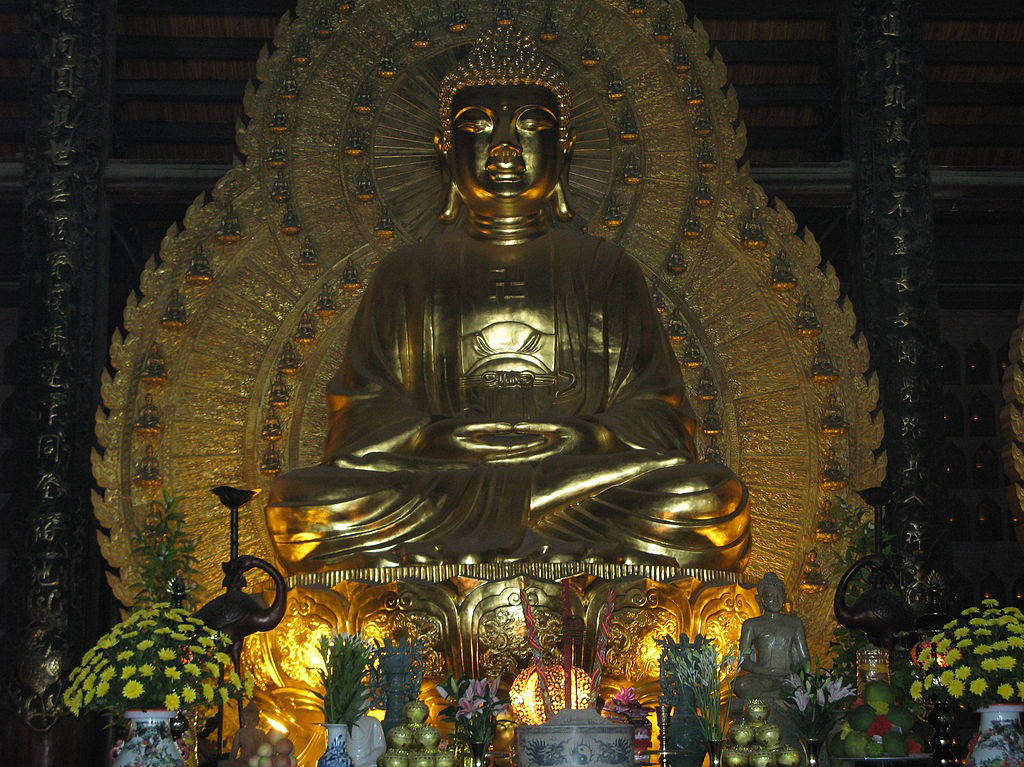
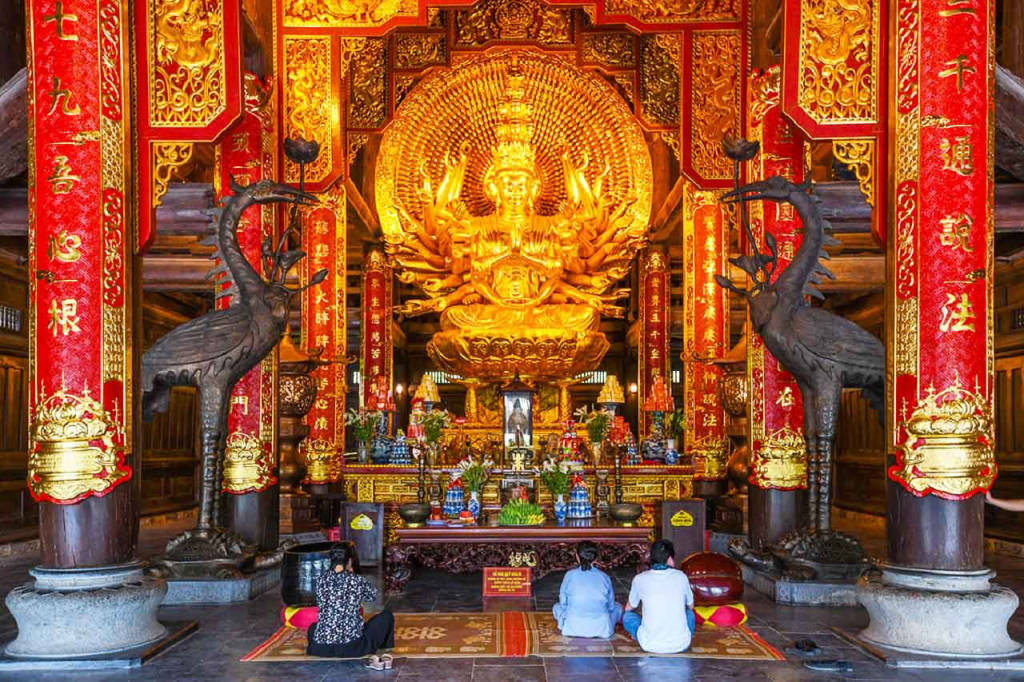
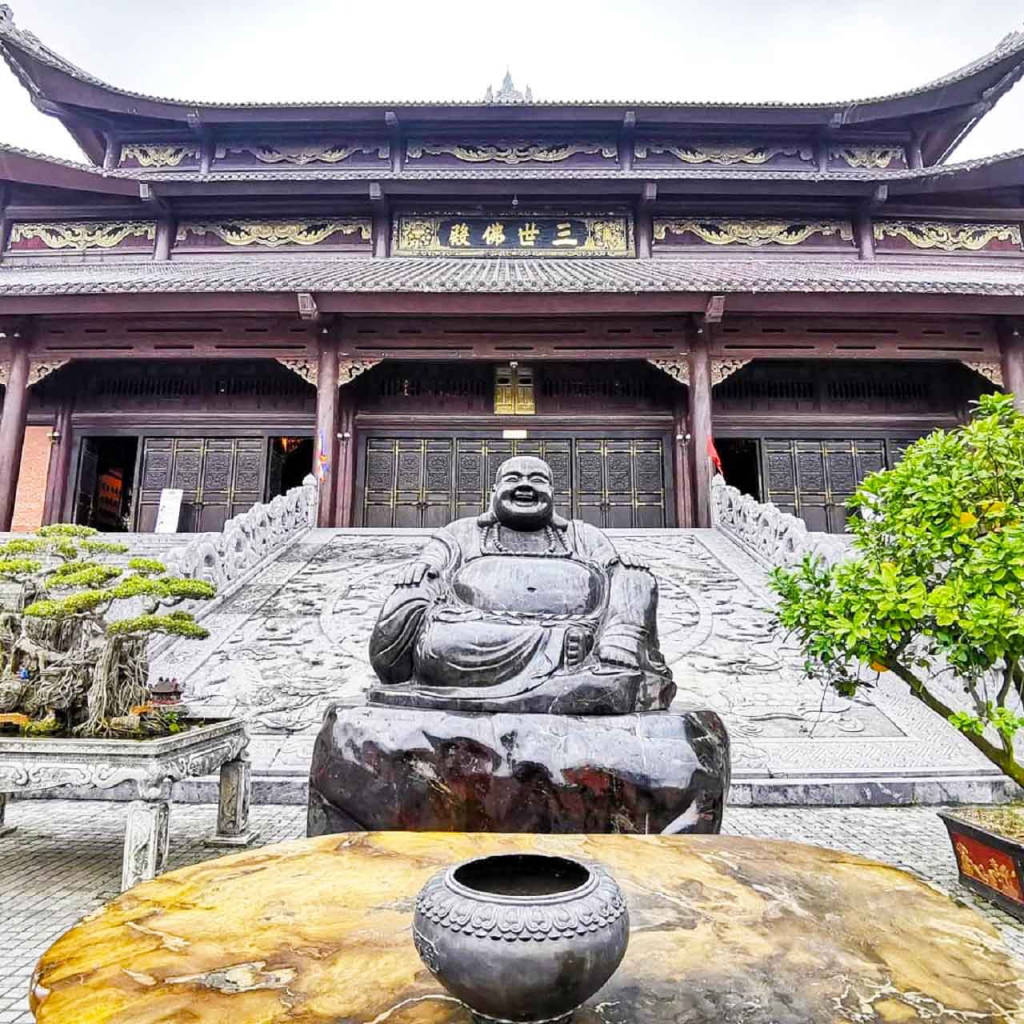







 Gia Sinh, Gia Viễn, Ninh Bình
Gia Sinh, Gia Viễn, Ninh Bình